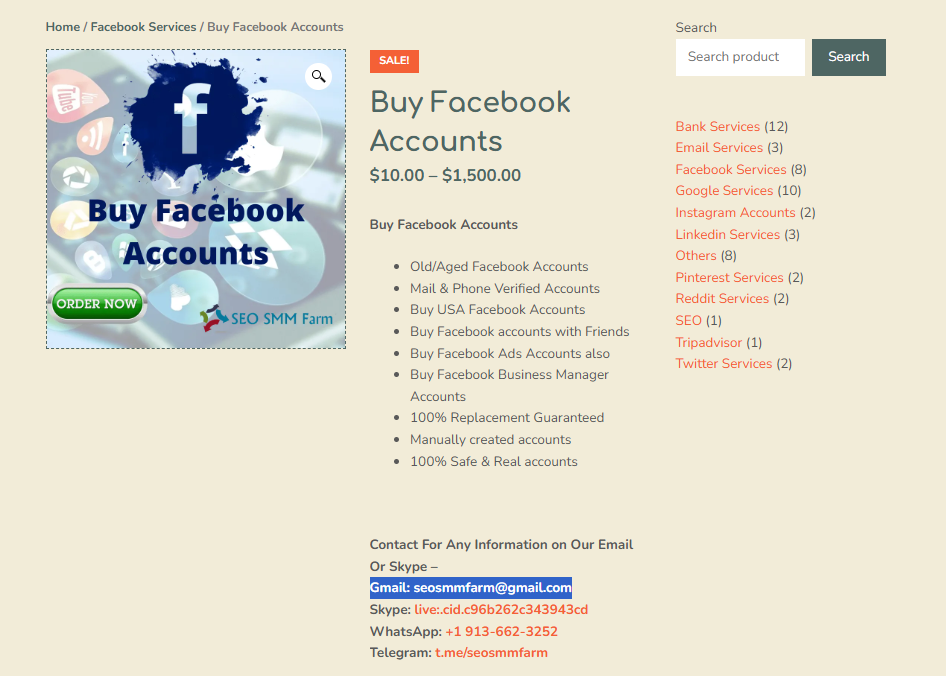Email Marketing Metrics: How to Track and Improve Performance

Strong 8k brings an ultra-HD IPTV experience to your living room and your pocket.
Email Marketing Metrics: How to Track and Improve Performance
Email marketing is one of the most effective digital marketing strategies for businesses, offering high ROI when executed well. However, to ensure your email campaigns are successful, it’s essential to track the right metrics and continually improve your performance. By monitoring key email marketing metrics, you can understand what’s working, identify areas for improvement, and optimize your efforts for maximum impact.
In this article, we’ll dive into the key email marketing metrics you should track and how you can use them to improve the performance of your campaigns.
Why Tracking Email Marketing Metrics Matters
Effective email marketing is more than just sending emails and hoping for the best. To truly succeed, you need data-driven insights into how your emails are performing. Tracking key metrics allows you to:
Evaluate the effectiveness of your campaigns.
Identify trends and patterns in audience behavior.
Measure ROI to ensure your email marketing efforts are yielding the results you want.
Fine-tune your strategy and improve engagement with your subscribers.
Without tracking and analyzing metrics, you’re flying blind, and you could be missing out on opportunities to optimize your campaigns and grow your email list.
Key Email Marketing Metrics to Track
Here are the most important metrics you should track to assess the performance of your email marketing campaigns:
1. Open Rate
What it is: The open rate measures the percentage of recipients who open your email compared to the total number of people who received it. This metric is an indicator of how compelling your subject line is, as well as how interested your audience is in your content.
Why it matters: A high open rate means your subject lines and preview text are working, and your emails are reaching an engaged audience. Low open rates, on the other hand, suggest that your subject lines might not be enticing enough, or that your emails are going to spam.
How to improve it:
Write attention-grabbing subject lines that spark curiosity.
Test different subject lines with A/B testing.
Ensure your emails are optimized for mobile devices (most opens happen on mobile).
Segment your email list and send targeted, relevant emails to specific groups.
2. Click-Through Rate (CTR)
What it is: The click-through rate measures the percentage of people who click on a link within your email (such as a call-to-action or a product link) compared to the number of emails delivered.
Why it matters: CTR is a key indicator of how compelling and relevant your email content is to your audience. A high CTR means your recipients are finding value in your emails and are more likely to engage with your brand. A low CTR might indicate that your content isn’t resonating with your audience or that your CTAs are unclear.
How to improve it:
Make sure your CTAs are clear, concise, and strategically placed.
Use compelling and visually appealing content to entice clicks.
Test different types of CTAs (e.g., buttons, text links) to see what works best.
Personalize the content of your emails to make them more relevant to individual subscribers.
3. Conversion Rate
What it is: Conversion rate refers to the percentage of recipients who take the desired action after clicking on a link within your email. This action could be making a purchase, downloading a resource, signing up for an event, or any other action that aligns with your goals.
Why it matters: The conversion rate is perhaps the most important metric because it shows the true impact of your email campaign. It directly correlates to ROI and demonstrates how successful your email marketing efforts are at driving business outcomes.
How to improve it:
Ensure your landing pages are aligned with the content and offers in your email.
Make sure the process to complete the conversion is easy and straightforward (e.g., no unnecessary steps or forms).
Use strong CTAs and compelling offers that encourage recipients to take action.
Consider using behavioral-triggered emails (like cart abandonment emails) to increase conversions.
4. Bounce Rate
What it is: The bounce rate measures the percentage of your emails that couldn’t be delivered to recipients. There are two types of bounces:
Hard bounces: Emails that couldn’t be delivered due to invalid or non-existent email addresses.
Soft bounces: Emails that couldn’t be delivered due to temporary issues, such as a full inbox or server problems.
Why it matters: A high bounce rate indicates that there might be issues with the quality of your email list or problems with your email deliverability. It can also negatively impact your sender reputation.
How to improve it:
Regularly clean and update your email list to remove invalid or inactive email addresses.
Use double opt-ins to ensure the accuracy of email addresses.
Monitor your sender reputation and ensure you’re following best practices for email deliverability.
5. Unsubscribe Rate
What it is: The unsubscribe rate measures the percentage of recipients who opt out of your email list after receiving an email. It’s an important metric because it tells you whether your content is relevant or if you’re over-saturating your audience with emails.
Why it matters: A high unsubscribe rate can indicate that your content or email frequency isn’t meeting the needs of your subscribers. If left unchecked, it can lead to a smaller, less engaged email list.
How to improve it:
Avoid bombarding your subscribers with too many emails. Find the right balance in your email frequency.
Ensure your emails are delivering value to your subscribers.
Use segmentation to send more targeted and relevant content to different groups.
Offer an option for subscribers to manage their email preferences (e.g., receiving fewer emails or specific types of content).
6. Spam Complaint Rate
What it is: This metric shows the percentage of recipients who mark your email as spam. High spam complaints can affect your sender reputation and email deliverability.
Why it matters: Spam complaints are a serious issue. They indicate that recipients did not find value in your emails and were annoyed enough to report you as spam. A high spam rate can damage your ability to reach inboxes in the future.
How to improve it:
Ensure that your emails are relevant, timely, and well-targeted.
Avoid deceptive subject lines or misleading content that might make people feel tricked.
Include an easy way for recipients to unsubscribe if they no longer wish to receive your emails.
Always send emails to people who have opted in and avoid buying email lists.
Advanced Tips for Improving Email Marketing Performance
A/B Testing: Experiment with different subject lines, content, designs, CTAs, and send times. A/B testing allows you to see what works best for your audience and improve future campaigns based on real data.
Personalization: Personalizing your emails (e.g., using the recipient's name, recommending products based on past behavior) can significantly boost engagement and conversions.
Segmentation: Break your email list into smaller segments based on factors like demographics, purchase history, or engagement level. This allows you to send more targeted, relevant content that appeals to specific groups.
Automation: Use automated email sequences to nurture leads, welcome new subscribers, or re-engage inactive users. Automated emails tend to perform better because they are timely and relevant.
Improve Email Design: Ensure that your emails are visually appealing, easy to read on mobile devices, and have clear CTAs. A well-designed email can make a big difference in engagement.
Conclusion
Tracking the right email marketing metrics is essential for optimizing your campaigns and improving performance. By focusing on metrics like open rates, CTR, conversion rates, bounce rates, and unsubscribes, you can gain valuable insights into what’s working and where there’s room for improvement.
Remember, email marketing is a continuous process of testing, analyzing, and optimizing. By tracking these key metrics and making data-driven decisions, you’ll be well on your way to running high-performing email campaigns that drive results and maximize ROI.
Note: IndiBlogHub features both user-submitted and editorial content. We do not verify third-party contributions. Read our Disclaimer and Privacy Policyfor details.



